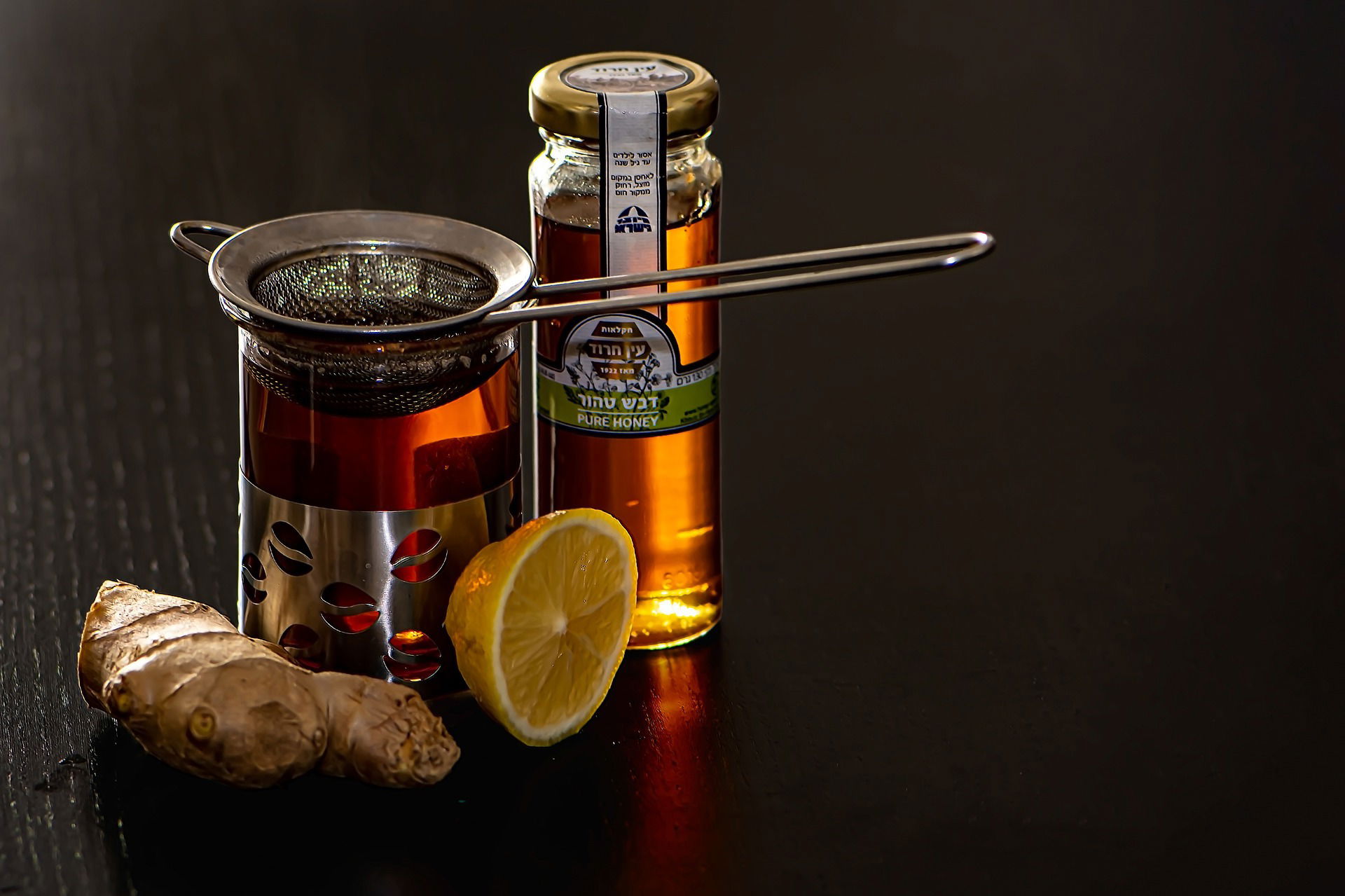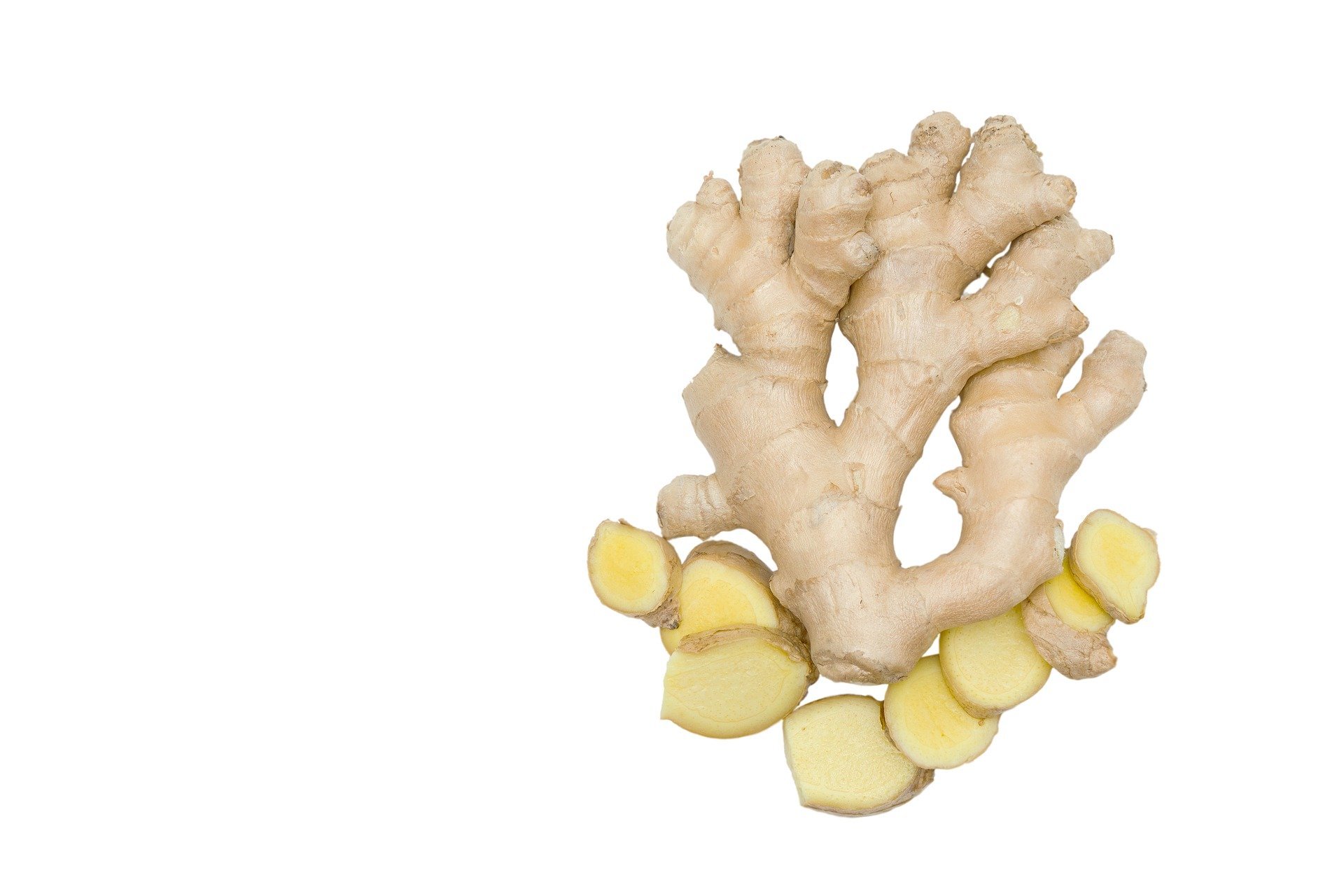How to Identify and Select the Best Quality Thailand Fresh Ginger

Ginger is a widely loved and versatile ingredient, and Thailand Fresh Ginger has become increasingly popular for its unique flavor and health benefits. The tropical climate and fertile soil of Thailand provide the ideal conditions for growing high-quality ginger. In Switzerland, where the culinary scene is constantly evolving, Thailand Fresh Ginger has found its way into the kitchens of many chefs and home cooks alike. In this article, we will explore the journey of Thailand Fresh Ginger to Switzerland, the benefits of this exotic ingredient, ways to use it in Swiss cuisine, and where to find it in the country.
1. The popularity of Thailand Fresh Ginger worldwide
Thailand Fresh Ginger has gained popularity worldwide due to its unique flavor and its culinary and health benefits. It's commonly used in Thai cuisine, but it's also a popular ingredient in many dishes around the world. Ginger lovers have also discovered its medicinal properties, which have many health benefits, including soothing an upset stomach and alleviating cold and flu symptoms.

2. The Benefits of Thailand Fresh Ginger
Health benefits of Thailand Fresh Ginger
Thailand Fresh Ginger has many health benefits, from reducing inflammation to boosting the immune system. It contains a compound called gingerol, which has anti-inflammatory and antioxidant properties. Ginger has also been used for centuries to ease nausea and vomiting, making it a popular remedy for morning sickness, motion sickness, and chemotherapy-induced nausea.
Culinary benefits of Thailand Fresh Ginger
Thai cuisine uses ginger in many dishes, such as soups, curries, stir-fries, and salads. The flavor of Thailand Fresh Ginger is spicy, slightly sweet, and slightly floral, and it adds a distinctive flavor to any dish. It can also be used in baking, such as gingerbread or ginger snaps, and it's a popular ingredient in tea blends.

3. The Journey of Thailand Fresh Ginger to Switzerland
History of Ginger trade in Thailand
Thailand has been producing ginger for centuries, and it has become one of the world's largest ginger exporters, with Japan, the United States, and European countries being the biggest importers. The ginger is grown mainly in the central and northern regions of Thailand, where the climate is ideal for its cultivation.
How Thailand Fresh Ginger is transported to Switzerland
Transporting fresh ginger from Thailand to Switzerland can be a challenge due to the distance and the need for temperature control. However, due to the high demand, many importers have established relationships with Thai farmers and suppliers to ensure the quality and freshness of the ginger. The ginger is transported by air to Switzerland, where it's inspected by the Swiss authorities before being distributed to markets and restaurants.

4. How to Identify and Select the Best Quality Thailand Fresh Ginger
Visual characteristics of high quality Thailand Fresh Ginger
When selecting Thailand Fresh Ginger, look for firm and plump roots with smooth skin and no signs of mold or damage. The skin should be thin and easy to peel, and the flesh should be pale yellow and juicy.
Smell and taste test for quality Thailand Fresh Ginger
To test the quality of Thailand Fresh Ginger, break off a small piece and smell it. It should have a strong, spicy, and slightly sweet aroma. When you taste it, it should have a spicy and pungent flavor with a slight sweetness. The potency of the flavor and aroma indicates the freshness of the ginger.

5. Ways to Use Thailand Fresh Ginger in Swiss Cuisine
Ginger is a versatile ingredient that can add a touch of warmth and spice to any dish. Here are some ideas on how to incorporate Thailand Fresh Ginger into Swiss cuisine:
Thai-inspired dishes using Thailand Fresh Ginger
- Tom Yum Soup: This classic Thai soup is made with lemongrass, chilies, and shrimp, but adding some grated Thailand Fresh Ginger can give it an extra kick.
- Pad Thai: This popular noodle dish can benefit from the addition of ginger, which can balance out the sweetness of the tamarind sauce and add depth of flavor.
- Mango Sticky Rice: This Thai dessert can be made even more delicious with the addition of some grated ginger to the coconut milk sauce.
Swiss dishes incorporating Thailand Fresh Ginger
- Fondue: Adding a small amount of grated ginger to a traditional Swiss cheese fondue can add some unexpected spice and complexity.
- Roast Beef: Rubbing a bit of ginger, garlic, and soy sauce onto a beef roast before cooking can add some Asian-inspired flavors to a classic Swiss dish.
- Hot Chocolate: Adding a small amount of grated ginger to a mug of Swiss hot chocolate can create a warming and comforting drink perfect for winter nights.

6. Where to Find Thailand Fresh Ginger in Switzerland
You can find Thailand Fresh Ginger in a variety of stores in Switzerland, including specialty markets and online retailers.
Specialty stores and markets
- Asian markets: Look for Thai grocery stores in your area, as they are most likely to carry fresh ginger from Thailand.
- Farmers' markets: Many farmers' markets in Switzerland offer a diverse array of fresh produce, including ginger.
- Organic shops: Many organic shops carry ginger from a variety of regions, including Thailand.
Online retailers of Thailand Fresh Ginger in Switzerland
- Amazon: Amazon offers a wide range of fresh ginger options, including ginger from Thailand.
- Farmy: Farmy is an online retailer that specializes in high-quality, fresh produce, including Thai ginger.
- Coop: Coop's online store carries fresh ginger from Thailand as well as other regions.

7. Conclusion: Why Thailand Fresh Ginger is a Must-Try in Switzerland
Adding Thailand Fresh Ginger to your Swiss cuisine can bring a new dimension of flavor to your dishes. Its versatility and health benefits make it a must-try ingredient. Whether you're cooking Thai-inspired dishes or adding it to your Swiss favorites, Thailand Fresh Ginger is a great addition to any kitchen. So next time you're at the market, grab some Thailand Fresh Ginger and get creative with your cooking!
In conclusion, Thailand Fresh Ginger is a flavorful and healthy ingredient that has gained popularity among Swiss chefs and foodies. With its versatility and unique taste, Thailand Fresh Ginger is an ingredient worth exploring in Swiss cuisine. So why not visit your local market or specialty store, and try adding some Thailand Fresh Ginger to your next meal? Your taste buds (and body) will thank you.

FAQ
Where is Thailand Fresh Ginger grown?
Thailand Fresh Ginger is grown in Thailand, where the tropical climate and fertile soil provide ideal conditions for growing high-quality ginger.
What are the health benefits of Thailand Fresh Ginger?
Thailand Fresh Ginger is known for its various health benefits, including aiding digestion, reducing inflammation, boosting the immune system, and reducing nausea.
Is Thailand Fresh Ginger easy to find in Switzerland?
While Thailand Fresh Ginger may not be as commonly found as domestic ginger in Switzerland, it is still readily available at specialty stores and markets, as well as online retailers.
How can I incorporate Thailand Fresh Ginger into Swiss cuisine?
Thailand Fresh Ginger is a versatile ingredient that can be used in a variety of dishes, including stir-fries, curries, soups, and even desserts. Swiss chefs and foodies have found creative ways to incorporate this exotic ingredient into their cooking, so don't be afraid to experiment!
